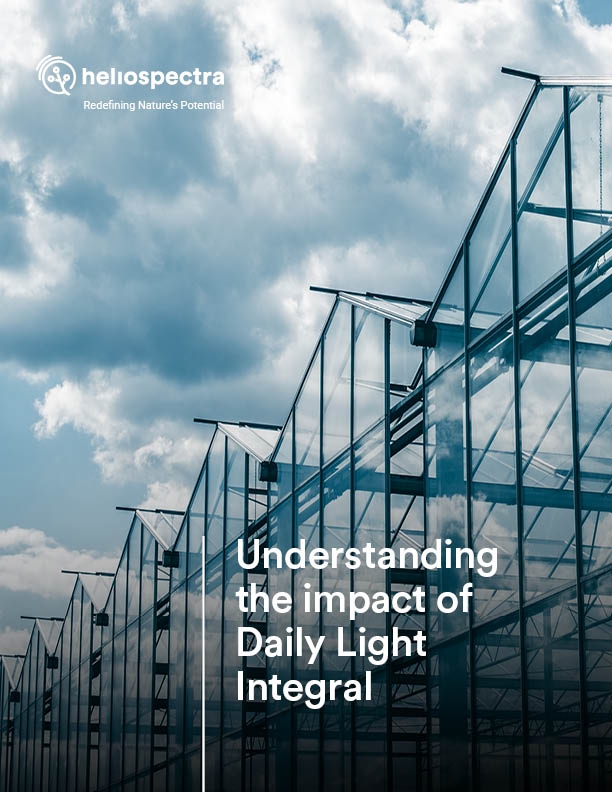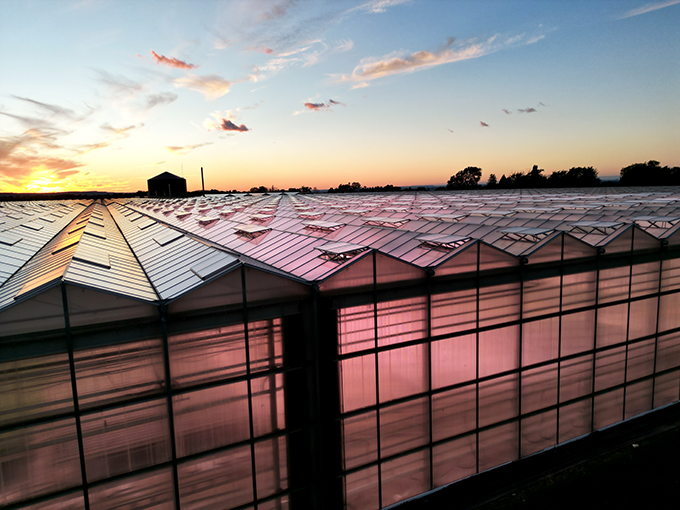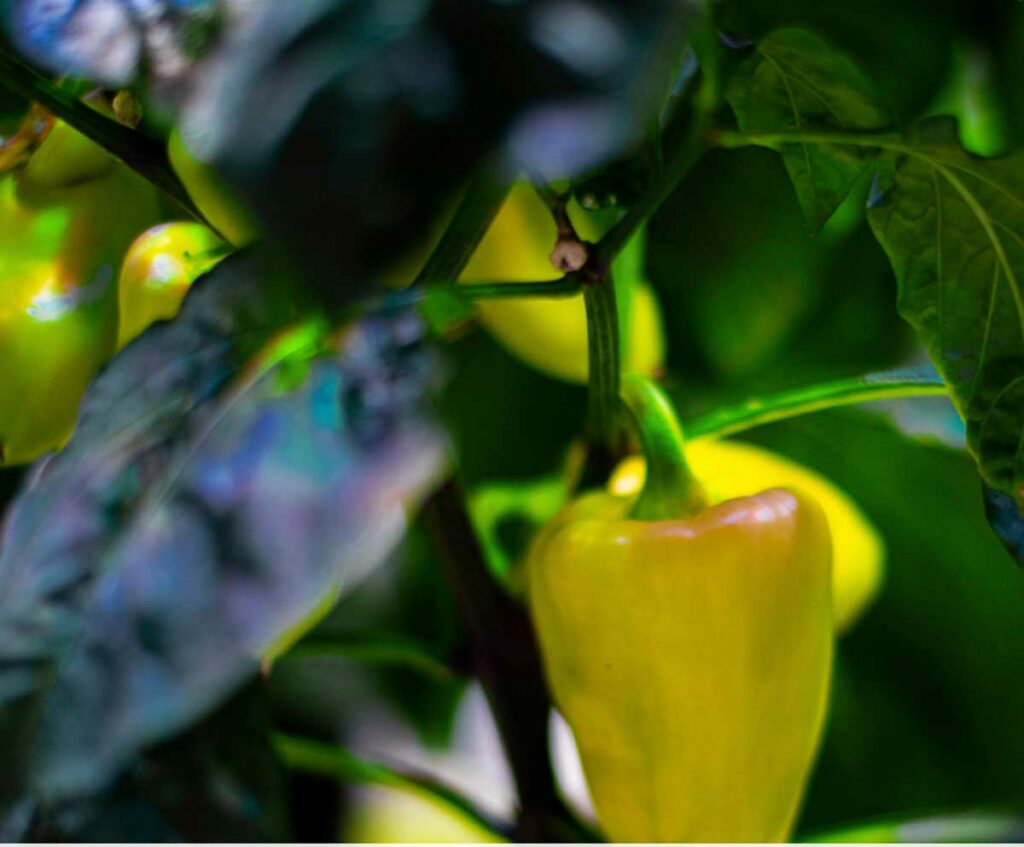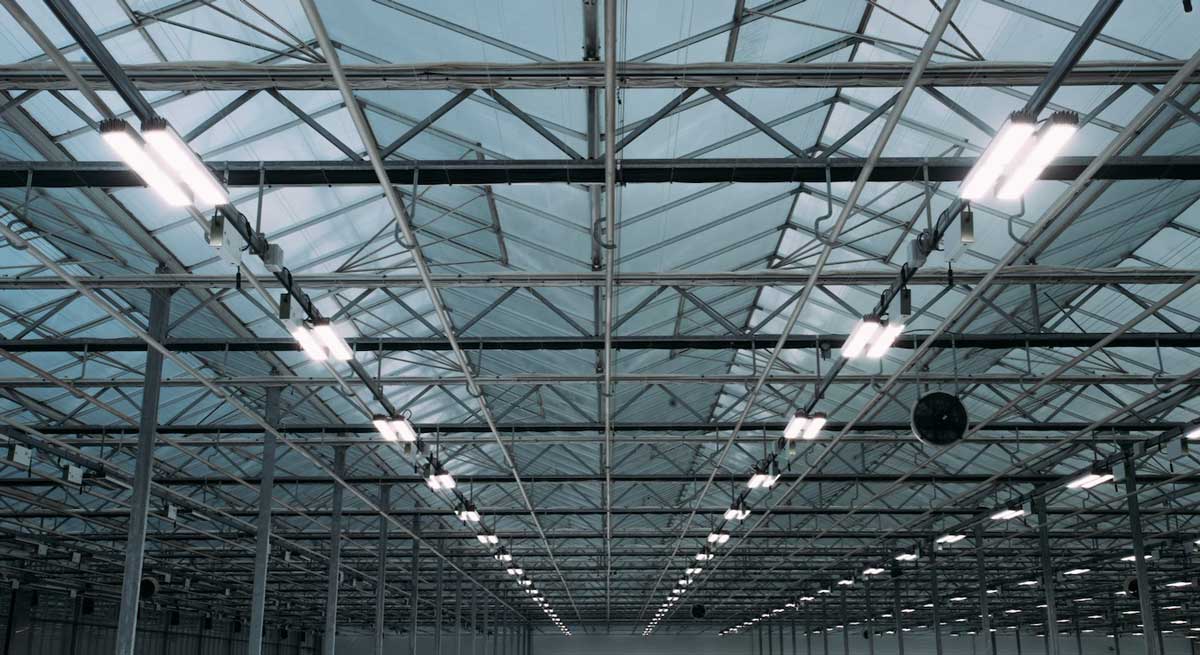Research
Articles
Different plant species have different light requirements at each stage of their development. One of the biggest challenges in a greenhouse environment is ensuring that you are supplementing the natural light with the right light quality at every growth stage and in all seasons. In one of our By Growers for Growers webinars, Dr. Roberto Lopez of Michigan State University discussed supplemental lighting spectrum quality as it influences high-wire transplant growth and development in a low-light greenhouse environment.
Controlled environment and field vegetable production are dependent upon high-quality transplants. This leads to earlier and multiple harvests per growing season, stronger stem development, as well as increased profitability for growers. Dr. Lopez noted, “There had been a lack of published data in terms of spectrum quality. Published studies basically only focused on the red and blue spectrum. We wanted to look at the addition of green as well as far-red radiation and how they would impact the growth of these transplants.”
Studying How Spectrum Quality Impacts Transplant Growth
In terms of the plant material, Dr. Lopez and his team worked with cucumber ‘Elsie’, pepper ‘Kathia’, and tomato ‘Climstar’. The seeds were started in a growth chamber and then moved to a greenhouse. Dr. Lopez commented, “We wanted to provide the same photoperiod across treatments, so we had a low-intensity photoperiodic treatment from HPS lamps providing 25 micromoles of light. Our next treatment provided supplemental lighting from HPS lamps at 120 micromoles and LED grow light treatments also totaling 120 micromoles.”
The LED lighting provided:
- 20 µmol Blue, 10 µmol Green, 75 µmol Red and 15 µmol Far-Red
- 25 µmol Blue, 95 µmol Red
- 30 µmol Blue, 30 µmol Green, 60 µmol Red
In terms of the daily light integral, under the low-light greenhouse conditions, the control plants were provided approximately 6 moles of light, and the supplemental lighting treatments provided approximately 11 to 12 moles of light.
Results
In general, plant responses to radiation quality were found to be species-specific. For example, under the supplemental lighting treatments, there was an incidence of leaf necrosis in tomatoes. But when far-red radiation was provided, some findings applied to all three plant species.
Dr. Lopez commented, “What’s the take-home message from the study? We found that leaf area as well as both fresh and dry weight, so basically biomass, was greatest under a treatment providing blue, green, and red light from LEDs (B30 G30 R60). We found that the stem diameter of cucumber, tomato, and pepper was generally greatest when the transplants were grown under either HPS120 or LEDs providing blue, green, and red radiation (B30 G30 R60). We also found that when green radiation replaced either red or blue radiation (B30 G30 R60 vs B25 R95), leaf area and fresh weight of all three were significantly greater.”
LED grow lights provide growers with the ability to customize spectrums of light by specific crops to fit the needs of all plant growth applications. They can provide the right light at every growth stage to ensure high-quality plants year-round.
Do you want to know more about the importance of DLI and the benefits of having a dynamic lighting solution to achieve your crop goals?

Download our free eBook
“Understanding the impact of Daily Light Integral”
and learn more today!
Get in touch with us!
From custom light planning, to tailored quotes, and everything in between,
our team of horticulture experts are always ready to assist.







